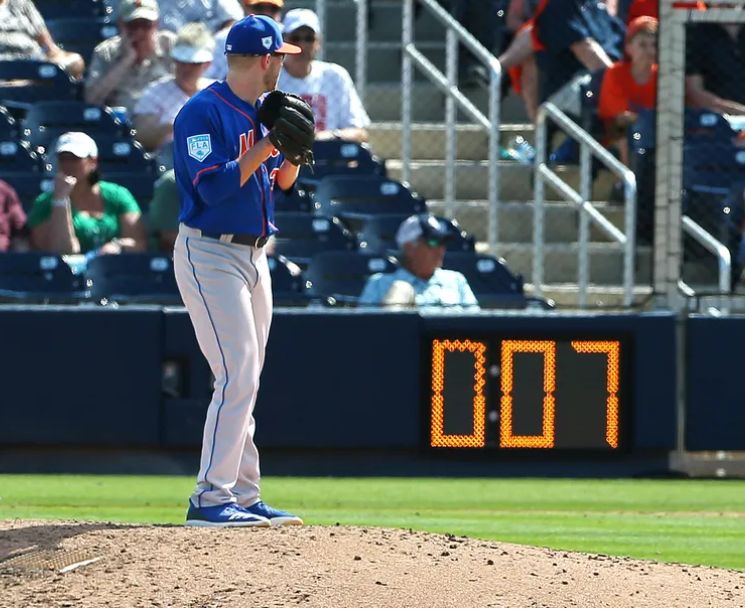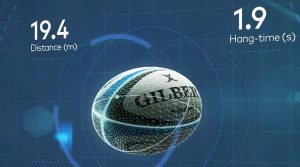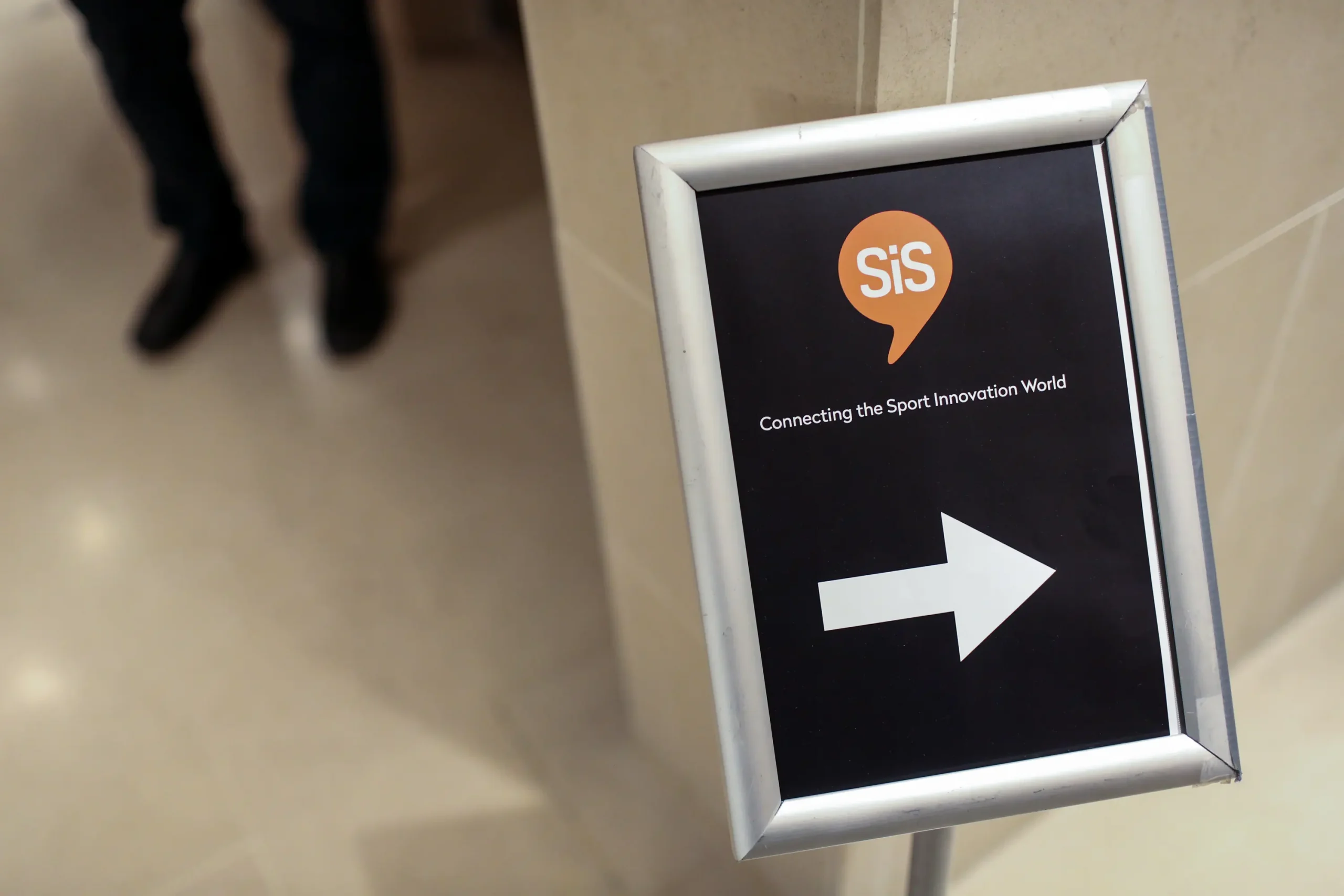Major League Baseball tested these new rules in the Minor Leagues and the independent Atlantic League before being adopted.
🤔What are the main new MLB rules for 2023?
Pitch Clock
To increase the pace of play, there will be a 30-second clock implemented between batters, while pitchers will have 15 seconds between pitches with no runners on base, while it’ll go up to 20 seconds in case there’s a baserunner.
Batters need to be ready inside the box with eight seconds on the pitching clock while only being able to call for a time-out once during each at bat. The penalty for pitchers is a ball and a strike for batters, while pitchers are also in danger of a runner advancing one base if they try to pick off him on three unsuccessful attempts.
Defensive shift limits
As of this season, MLB teams aren’t able to have more than two infielders on either side of second base, with the league also stating that all 30 ballparks must have a 95-feet distance from the outfield grass edge to the pitching rubber, making the infield dirt uniform for every team.
Umpires were given authority to ensure players follow the spirit of the rule, as many believe that players could try to sprint towards the other side of second base as soon as a pitch is released towards home plate.
Bigger bases
Major League Baseball bases are now 3 square inches bigger, going from 15 to 18 square inches in size in an attempt by the league to improve player safety and encourage more stolen base attempts.
This puts less than the traditional 90 feet between bases, with the second base being closer to first and third by 4.5 inches, while the home plate is three inches closer to first and third base.
🧢 It has not been an easy path due to the reluctance to change the “game´s spirit”. However, in the same way, that MLB has relied on changes to enhance fan experiences on matchdays and outside the stadium, MLB has understood that these changes are necessary to help game development and fan engagement among new generations.
🗞 Don’t miss the next newsletter. Subscribe!




